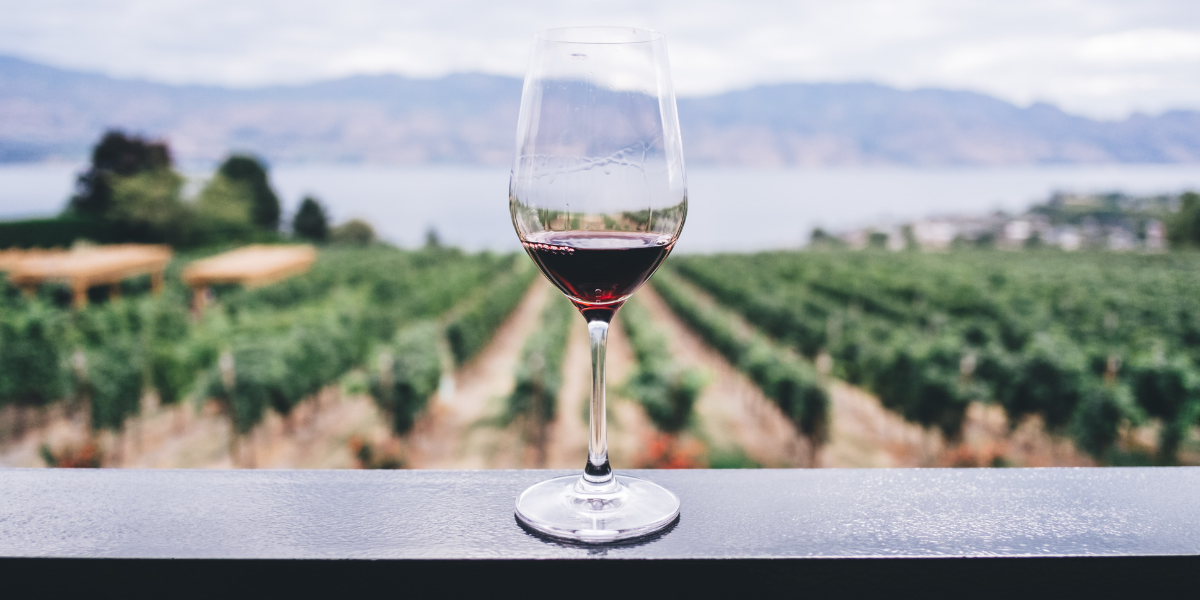
How to Age Wine: Tips and Techniques
Aging wine is an art that can transform a good wine into a great one. It involves a careful balance of time, conditions, and patience. Aging allows wines to develop complex flavors and aromas, offering a richer tasting experience. However, not all wines are suitable for aging, and the process requires a meticulous approach to achieve the best results. This guide provides detailed tips and techniques to help you age wine successfully.
Selecting the Right Wine
Characteristics of Age-Worthy Wines
- Tannin Levels: Wines with high tannin content, such as Cabernet Sauvignon, Nebbiolo, and Syrah, are more suitable for aging. Tannins act as preservatives, allowing the wine to develop over time.
- Acidity: High acidity in wines helps them age gracefully, retaining freshness and vibrancy. Wines like Riesling and Sauvignon Blanc are examples of high-acid wines that can age well.
- Sugar Content: Sweet wines, such as Sauternes and Port, often age well due to their higher sugar content, which acts as a natural preservative.
- Alcohol Levels: Moderate to high alcohol levels can also contribute to a wine’s aging potential, providing stability over time.
Types of Wines Suitable for Aging
- Red Wines: Full-bodied reds with robust structures and high tannins are ideal candidates for aging. Examples include Bordeaux, Barolo, and Rioja.
- White Wines: Some whites can age well, particularly those with high acidity. Examples include certain Chardonnays, Rieslings, and Chenin Blancs.
- Sparkling Wines: High-quality vintage Champagnes and sparkling wines can develop beautifully with age, gaining complexity and depth.
- Fortified Wines: Wines like Port, Sherry, and Madeira are fortified with spirits, making them excellent candidates for long-term aging due to their higher alcohol and sugar content.
Optimal Storage Conditions
Temperature Control
Consistency: Maintaining a consistent temperature is crucial for aging wine. Fluctuations can cause the liquid to expand and contract, potentially damaging the cork and allowing air to seep in.
Ideal Range: The ideal aging temperature is around 55°F (13°C). This temperature allows for slow, steady maturation, preserving the wine’s integrity and enhancing its complexity.
Humidity Levels
Maintaining Moisture: Proper humidity levels, between 50-70%, keep the cork moist and expanded, preventing air from entering the bottle.
Humidity Control Devices: Use a hygrometer to monitor humidity levels and consider investing in a wine cooler or cellar with built-in humidity controls to maintain the ideal environment.
Light Exposure
UV Protection: UV light can degrade wine by causing chemical reactions that alter its flavor and aroma. Store wine in a dark place or use coolers with UV-resistant glass doors.
Avoid Direct Light: Keep your wine away from direct sunlight and fluorescent lights to prevent premature aging and spoilage.
Vibration Control
Minimize Movement: Vibrations can disturb the sediment in wine, particularly in older bottles, affecting its clarity and taste. Store wine in a stable environment to minimize movement.
Vibration Reduction Technology: Consider using wine coolers with vibration dampening features to protect your aging wines.
Air Quality and Ventilation
Odor-Free Environment: Store wine in a well-ventilated area free from strong odors, as wines can absorb smells through the cork.
Fresh Air Circulation: Good air circulation prevents mold and mildew growth, which can damage labels and corks.
Monitoring the Aging Process
Regular Inspection
Visual Checks: Regularly inspect your wine bottles for signs of leakage, mold, or label damage. This helps identify potential issues early.
Tasting: Periodically taste a bottle from your collection to monitor the wine’s development. Keep detailed notes on the flavor, aroma, and structure to track its aging trajectory.
Using a Wine Journal
Record Keeping: Maintain a wine journal to document the details of each bottle, including purchase date, storage conditions, and tasting notes. This helps track the progress of your aging wines and provides insights for future selections.
Patience is Key
Time Investment: Aging wine is a slow process that often takes years for the wine to reach its peak. Patience is essential to allow the wine to develop its full potential.
Avoiding Premature Opening: Resist the temptation to open bottles too early. Trust the aging process and rely on your tasting notes to determine the optimal time to enjoy each bottle.
Understanding Aging Potential
Predicting Aging Outcomes
Vintage Variation: The quality of the vintage can significantly affect a wine’s aging potential. Research the characteristics of different vintages to make informed decisions.
Producer Reputation: Wines from reputable producers are more likely to have the structure and balance needed for successful aging.
Balancing Your Collection
Short-Term vs. Long-Term: Not all wines need to be aged for decades. Balance your collection with wines suitable for short-term aging (2-5 years) and those that can age longer (10+ years).
Diverse Selection: A diverse collection allows you to enjoy wines at different stages of maturity, providing a range of tasting experiences.
Aging wine can enhance its flavor and complexity, providing a rewarding experience for wine enthusiasts. By selecting the right wines and maintaining optimal storage conditions, you can successfully age wine and enjoy the fruits of your patience and care. Remember to monitor the aging process regularly, keep detailed notes, and balance your collection to maximize your wine enjoyment. With the right approach, you can transform good wines into exceptional ones, savoring the depth and richness that only time can bring.

